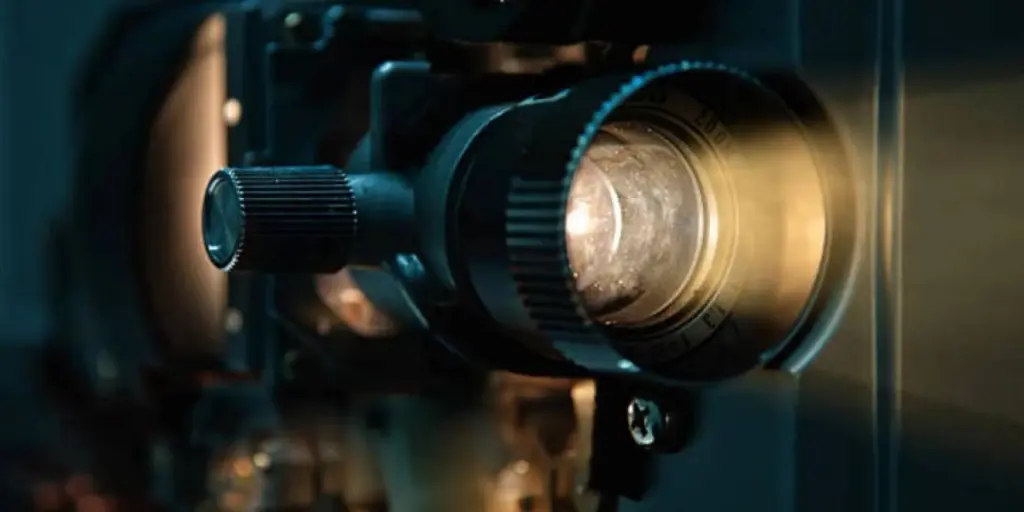In the ever-evolving landscape of photography, the emergence of advanced camera flash light technology in 2024 marks a significant leap forward. Once a mere accessory, these lights have transformed into pivotal tools that enhance the artistry and technical prowess of photographers. Their evolution from basic illumination devices to sophisticated gear equipped with a range of features reflects the growing demands of modern photography. Whether it’s capturing the subtle nuances of a portrait or the vivid details of a landscape, the latest camera flash lights are designed to meet diverse photographic needs. With a focus on versatility, efficiency, and quality, they cater to both the precision required by professionals and the ease-of-use desired by hobbyists. This introduction to the current trends in camera flash lights reveals how they shape the way we capture moments, bringing to life the visual stories we seek to tell.
Table of Contents
1. Camera flash light varieties and their applications
2. Analyzing the camera flash light market in 2024
3. Criteria for choosing the right camera flash lights
4. Spotlight on top camera flash light models of 2024
5. Conclusion
Camera flash light varieties and their applications
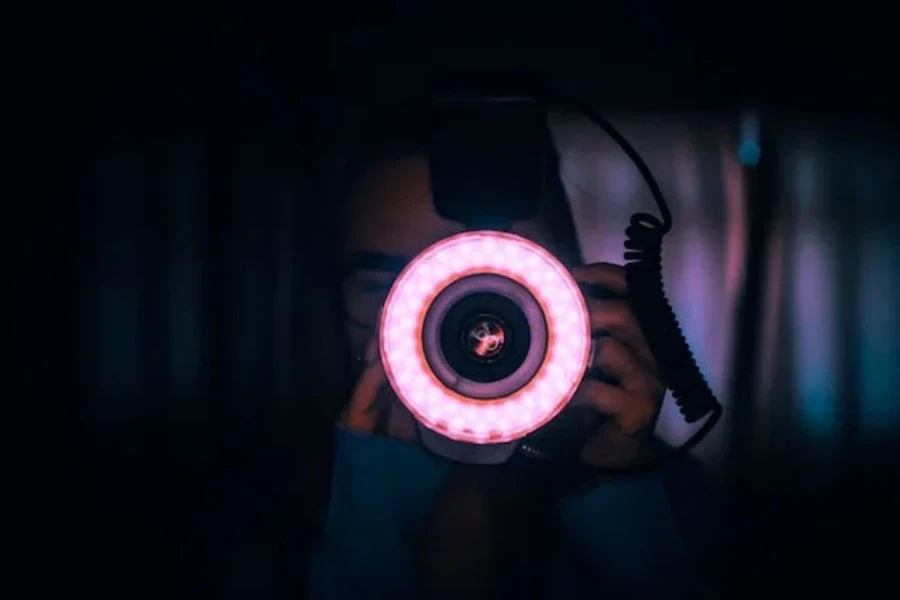
LED panel lights: Revolutionizing photography
The rise of LED panel lights marks a pivotal shift in photographic lighting. These panels offer continuous, uniform illumination, crucial for creating visually appealing content in various settings like vlogs, live streams, and other creative endeavors. A notable advantage is their ability to precisely adjust intensity and color temperature, simplifying the task of achieving the desired look in a shot.
LED panels are revered for their ability to produce soft, uniform lighting without hotspots. Their versatility is evident in sizes ranging from compact, camera-mountable units to larger-scale options spanning over three feet. Some even feature flexible LED panels, allowing for further customization and shaping of light. They’re ideal for single models or small subjects on a table, but for larger-scale shoots, like automobile or outdoor studio sets, larger format panels are recommended.
Adjustability in brightness and color temperature is another key feature. This allows photographers to easily dial down the light for a more subdued effect or adjust the color temperature for significant control over the photo’s look. Modern LED panels often come with customizable color options, making color calibration easier.
For larger projects, LED light panel kits can be invaluable. They save time and effort in planning and provide uniformity and ease of use. They usually include light stands, power sources, and modifiers, or multiple identical lighting panels.
LED panels are increasingly popular among commercial photographers highlighting products and portrait photographers. They are excellent for studio photography, offering superior control indoors compared to light reflectors used in outdoor shoots. They’re also ideal for stop-motion animation, tiny photography, and more regulated illumination in videography, including video interviews and dramatic recorded media.
External flash units: Expanding creative horizons
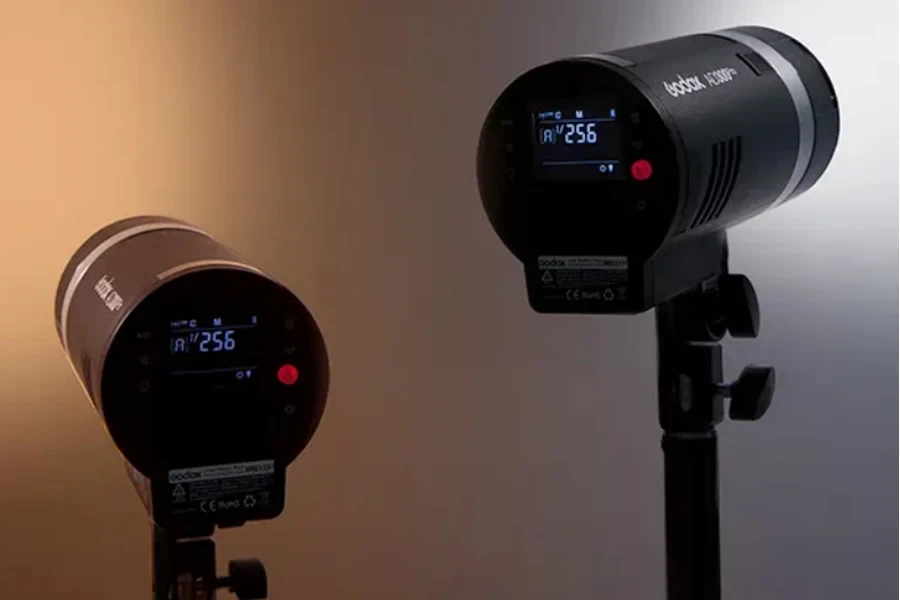
External flash units have dramatically expanded the creative potential in photography. These units, attaching via the hot shoe, surpass built-in flashes in power and versatility. The ability to use them off-camera, via infra-red, radio, or light changes, opens up a world of creative possibilities. They provide more power than built-in flashes and can be used to build a mobile studio. With the ability to direct light in various directions, they allow photographers to bounce light off walls or ceilings, eliminating harsh shadows and enhancing the photo’s quality.
Light modifiers like soft boxes, snoots, or shoot-through umbrellas further enhance the utility of flash units. Stroboscopic effects, achieved by turning the strobe into the shutter in a darkened room, can create multi-exposure looks with moving objects.
The market offers a wide range of external flash units, each with its unique set of features. Canon and Nikon, for instance, produce flash guns specifically designed for their camera models, offering features like rotating heads, manual power adjustments, and wireless capabilities. These features are tailored to meet various photography needs, from portrait sessions to weddings, and are straightforward even for those new to flash photography.
Each flash unit brings its unique strengths to the table. Whether it’s the flexibility of the rotating head, the convenience of wireless triggering, or the precision of manual power control, these units are designed to enhance the photographic experience and expand creative horizons.
Analyzing the camera flash light market in 2024

Market dynamics: Demand and supply insights
The global flashlight market, which includes camera flashlights, had a size of USD 882.01 million in 2022. It is anticipated to expand at a Compound Annual Growth Rate (CAGR) of 8.87% and is projected to reach a valuation of USD 1468.99 million by the end of the forecast period, which extends to 2030. Key categories, such as rechargeable and non-rechargeable flashlights, are influencing the sector’s rapid expansion. The market’s growth is fueled by diverse applications spanning commercial, industrial, and personal use, underlining its multifaceted appeal.
Technological advancements shaping the future
The camera flash light market in 2024 is witnessing significant technological innovations that are reshaping its landscape. These advancements include the development of more efficient, powerful, and user-friendly flash units. Innovations in LED technology, battery efficiency, and wireless connectivity are at the forefront, catering to the evolving needs of photographers, both professional and amateur.
The integration of advanced features such as adjustable color temperatures, dimming capabilities, and customizable light panels are setting new standards in the industry. LED panel lights, in particular, have seen remarkable improvements, offering a range of color temperatures and dimming options to suit various shooting environments. Such technological advancements not only enhance the functionality of flash units but also open up new creative possibilities for photographers.
These innovations are not just limited to professional-grade equipment; they are also making their way into more budget-friendly options, making advanced photography tools accessible to a wider audience. This democratization of technology is playing a crucial role in driving market growth and diversification.
The camera flash light market in 2024, therefore, stands at a juncture where technological innovation is not just a competitive advantage but a necessity. As manufacturers strive to meet the sophisticated demands of a tech-savvy market, the focus is on developing products that offer a blend of innovation, quality, and affordability. This dynamic market environment presents both challenges and opportunities for businesses involved in the production and distribution of camera flash lights.
Criteria for choosing the right camera flash lights
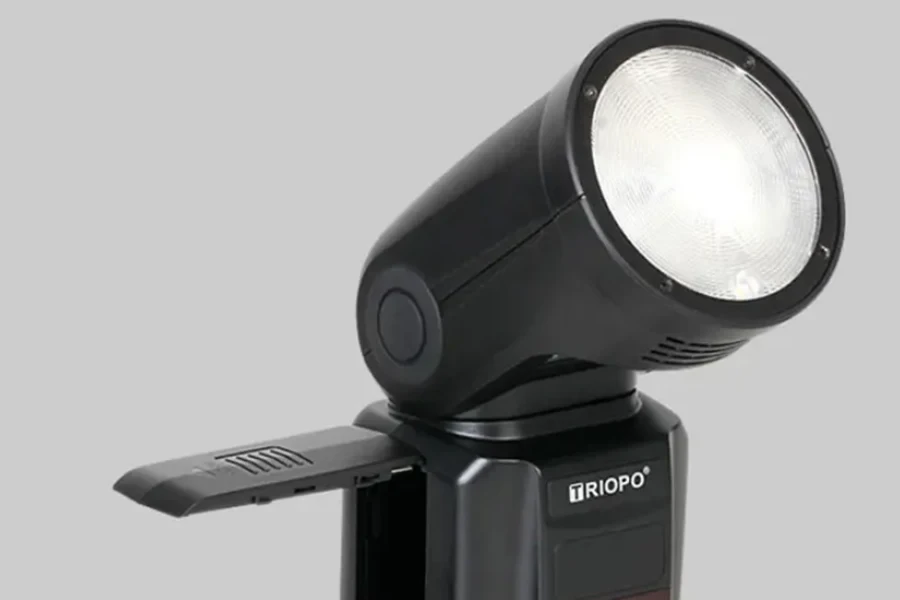
Evaluating light intensity and color temperature
In the realm of photography, understanding and manipulating light intensity and color temperature is essential for creating compelling images. These elements are central to the impact and mood of a photograph and thus crucial in the selection of the right camera flash light.
Light Intensity: A Key Element in Photography
Light intensity, or the brightness level emitted by a flash, directly influences the exposure and contrast of a photograph. A flash light’s intensity can dramatically alter the appearance of a subject. For instance, a flash with high intensity can eliminate shadows, highlight details, and bring clarity to an image, especially in dimly lit environments. Conversely, lower intensity can create a softer, more subdued effect, ideal for portraits or atmospheric shots.
When selecting a camera flash light, it’s important to consider one with adjustable intensity. This feature allows photographers to fine-tune the brightness to suit various conditions, from bright outdoor settings to low-light indoor scenes. For example, in a scenario where natural light is scarce, a flash with a higher intensity can compensate for the lack of light, ensuring the subject is well-lit.
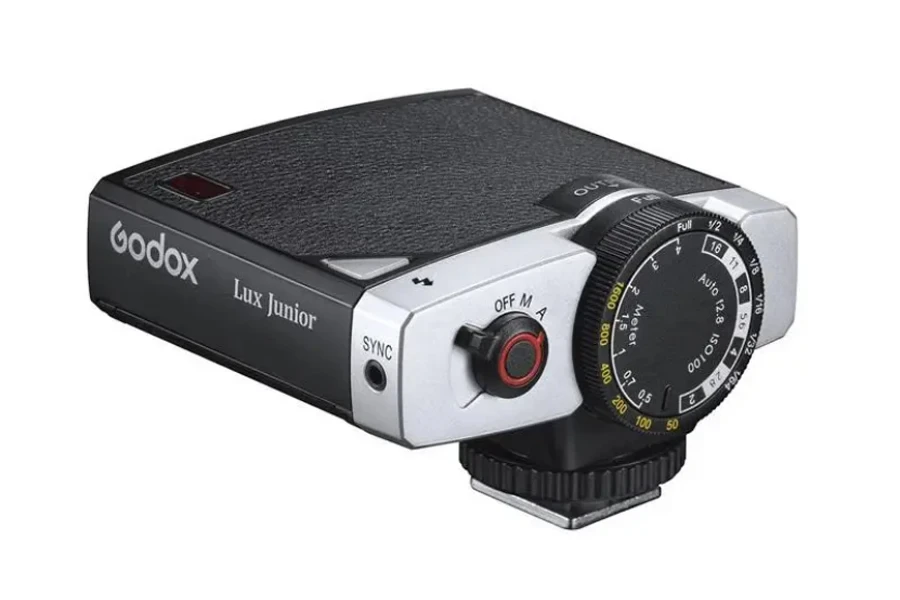
Color Temperature: Setting the Mood
Color temperature, measured in Kelvins, is equally critical in photography. It refers to the warmth or coolness of the light source and can significantly affect the mood and feel of an image. For instance, a lower Kelvin value (around 2500K to 3000K), which produces a warmer, orange-yellow light, is often used for creating a cozy and intimate atmosphere. This warm light is ideal for portraits or scenes that require a softer, more inviting tone.
On the other hand, higher Kelvin values (around 6000K to 7000K) produce cooler, bluish light. This cooler light is suitable for outdoor photography or scenarios where a crisper, more vibrant feel is desired. It enhances the highlights and creates depth, making the image appear more dynamic.
Modern camera flash lights often come with adjustable color temperatures, allowing photographers to switch between warm and cool lighting as needed. This adaptability is vital for matching or balancing the ambient light in various shooting environments. For example, when shooting in a setting with predominantly warm lights, using a flash with a cooler temperature can help balance the overall color tone of the image.
In conclusion, when selecting a camera flash light, it’s essential to consider models that offer a range of light intensities and color temperatures. These features provide the flexibility to adapt to different photographic needs, enabling photographers to accurately capture the essence of their subject matter.
Importance of battery life and portability
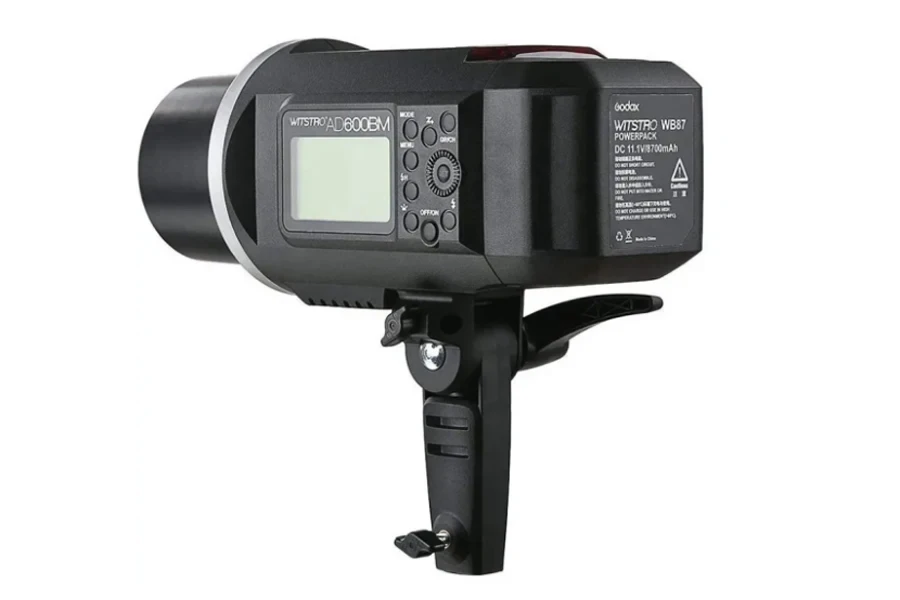
When it comes to outdoor and travel photography, the significance of battery life and portability in camera flash lights cannot be overstated. These factors are key considerations when selecting a flash light, especially for photographers who often work in dynamic, on-the-go environments.
Battery Life: A Critical Factor for Uninterrupted Shooting
Battery life is a pivotal aspect that dictates the usability and functionality of a camera flash light. For photographers capturing memories or professional shots, the inconvenience of a flat battery can mean the difference between a successful shoot and a missed opportunity. The preference for rechargeable batteries, such as nickel-metal hydride (NiMH) batteries, is rising due to their high charge capacity and adaptability in various temperature conditions. These batteries are suitable for high-drain devices like digital cameras and flash units, ensuring optimal performance during prolonged shoots.
A key example of this is the GP NiMH ReCyko Pro Photoflash battery, which retains up to 80% of its power even when idle for 12 months. This is particularly advantageous for photographers who may not use their equipment daily but need the assurance of reliable power when the need arises. Such batteries are designed to last for an extended period, with some models like the Recyko Pro guaranteed for six years or 1500 recharges, offering peace of mind during extended outdoor or travel photography sessions.
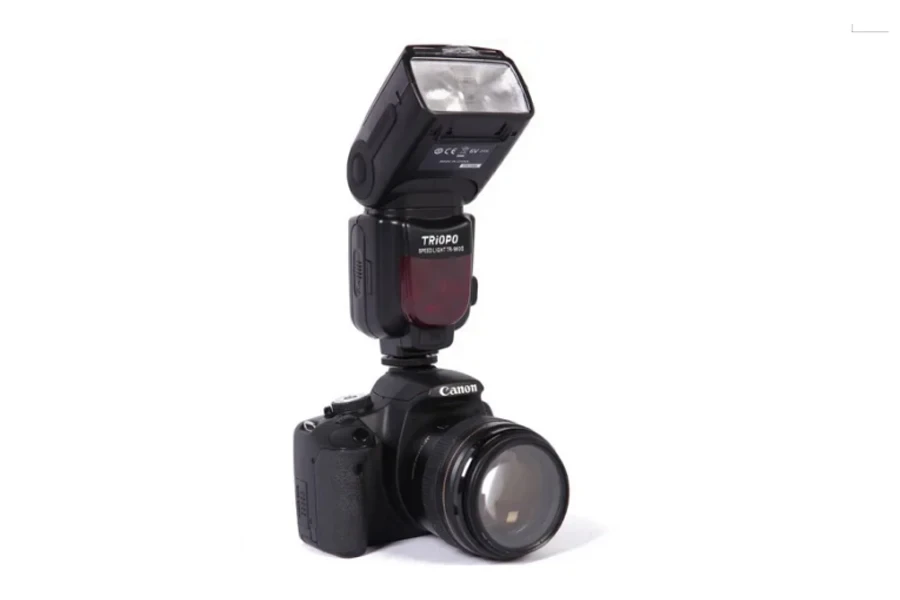
Portability: Essential for Flexibility and Convenience
Portability is another crucial element. Lightweight and compact flash lights enhance a photographer’s agility and ease of handling, especially in scenarios where mobility is key. When choosing a flash light, it’s important to consider the size and weight in relation to the power it offers. A compact and travel-friendly battery charger, like the GP Recyko Charge 10, exemplifies the importance of portability in photography equipment. Its ultra-fast charging capability ensures photographers are always ready to capture important moments without the burden of carrying extra gear or multiple disposable batteries.
For outdoor and travel photography, where varying conditions and quick adjustments are common, having a portable and reliable flash light with long-lasting battery life becomes indispensable. It reduces the extra clutter that photography equipment demands while ensuring readiness and efficiency.
In conclusion, when selecting a camera flash light, it is imperative to consider models with robust battery life and portability. These features not only offer convenience but also ensure that photographers can focus on capturing stunning images without worrying about power constraints or cumbersome equipment.
Navigating wireless capabilities and connectivity
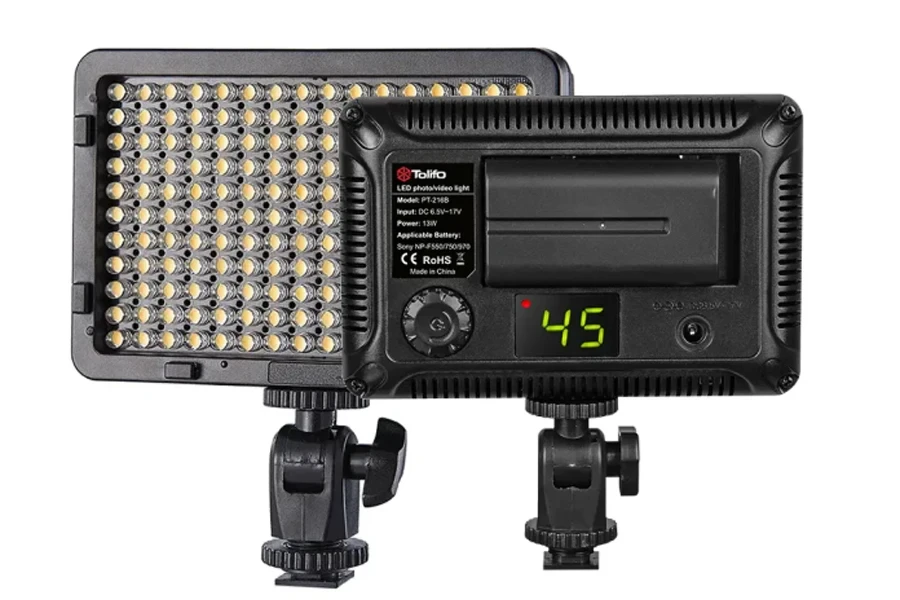
The advent of wireless technology in camera flash lights has revolutionized the way photographers approach lighting in their work. This feature not only offers convenience but also opens up a myriad of creative possibilities, making it a critical consideration in selecting the right camera flash light.
Wireless Technology: Enhancing Creative Control
Wireless capabilities in camera flash lights allow photographers to operate flash units remotely, eliminating the need for cumbersome cables and giving them the freedom to position lights at various angles and distances. This is particularly advantageous in complex lighting setups where precise control over light placement is crucial. For example, Sony’s Wireless Flash function enables the use of single or multiple off-camera flashes without obtrusive cables, thereby expanding creative lighting opportunities. Photographers can now easily create studio-like images with dramatic depth and contour emphasis, which would be challenging with a direct, on-camera flash.
Flexibility and Efficiency in Flash Photography
Using wireless flash technology, photographers can control multiple flashes and the ratio each flash contributes to the final exposure. This level of control is vital in achieving balanced lighting and creating specific moods or effects in a photograph. For instance, a setup using two off-camera flashes with controlled ratios can generate backlighting from one flash, while the other illuminates the subject’s face, resulting in a more three-dimensional and dynamic image.
The wireless system often communicates via light pulses, similar to Morse code, between the controller and off-camera flashes. In advanced modes, like Sony’s Wireless Ratio Flash, up to three groups of flashes can be controlled, each consisting of multiple units. This feature not only enables high-power flash setups but also provides a full range of creative lighting options, transforming the flash system into a portable and affordable solution akin to a photo studio.
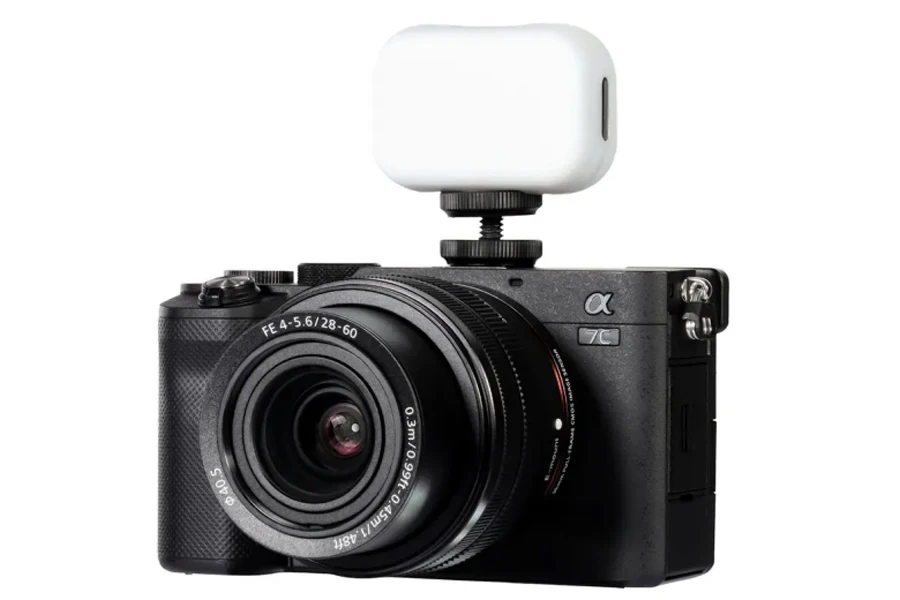
Ease of Control and Rapid Adjustments
Controlling external flashes wirelessly is straightforward, usually performed using the camera’s settings. This remote control of flash exposure is a significant advantage, especially when fast adjustments are needed during a shoot. The ability to control each flash or group via the camera’s on-screen menu simplifies the process, making it more efficient and user-friendly.
In practice, wireless flash technology significantly enhances a photographer’s ability to experiment with light and shadow, creating compelling and professional-looking images. Whether it’s for portrait, landscape, or creative photography, the ability to manipulate lighting wirelessly is an invaluable asset.
In conclusion, the role of wireless features and connectivity in modern camera flash lights cannot be understated. They provide photographers with unparalleled flexibility, efficiency, and creative control, making them essential features to consider when selecting a camera flash light. This technology not only simplifies the photographic process but also elevates the artistic possibilities, rendering wireless capabilities a key element in the toolkit of modern photographers.
Spotlight on top camera flash light models of 2024
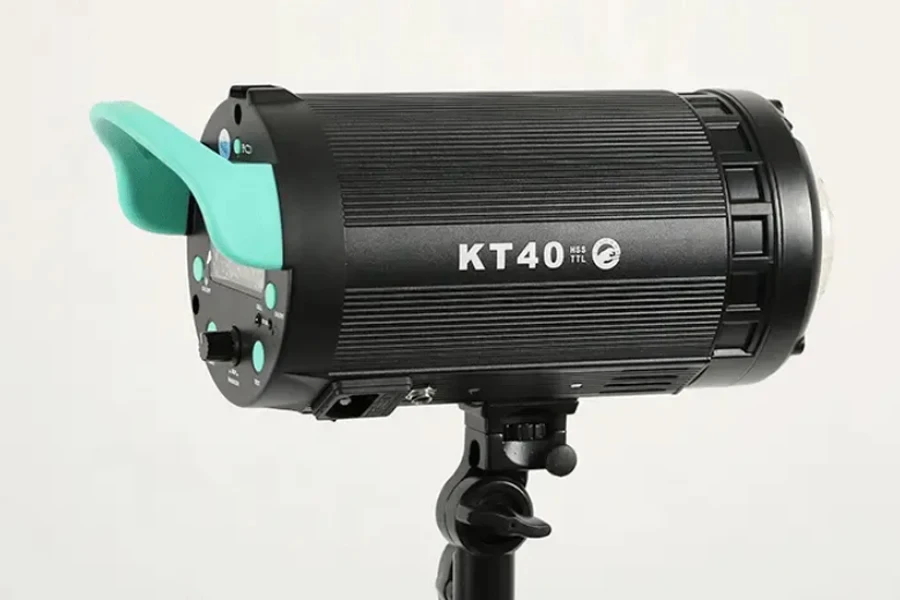
Leading models for professional photography
In 2024, the professional photography landscape is enriched by a selection of advanced camera flash lights, each boasting unique features tailored to the nuanced needs of professional photographers.
Godox V860III-S: Dominating the professional market, particularly among Sony camera users, the Godox V860III-S stands out for its comprehensive functionality and robust design. It boasts a high guide number of 60, ensuring powerful illumination across a broad range. Notable is its versatile zoom range, extending from 20mm to 200mm, catering to a variety of focal lengths. The flash supports TTL functions and high-speed sync, making it adaptable to rapidly changing lighting conditions. Its rechargeable Li-ion battery pack is particularly noteworthy, offering an impressive 480 full-power activations and a fast recycling time of 0.01 to 1.5 seconds. This model also includes a built-in Godox 2.4G wireless system, allowing it to serve as a master or slave in a multi-flash setup, providing significant creative flexibility.
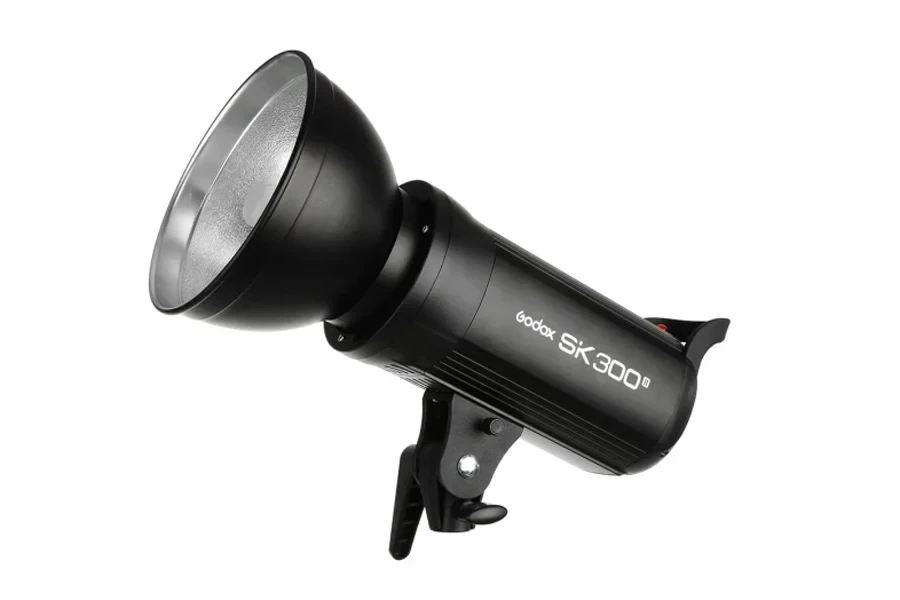
Nissin Di700A Flash: Renowned for its ease of use and reliable performance, the Nissin Di700A Flash is an excellent choice for photographers who value both power and precision. It has a guide number of 54, providing strong illumination, and features TTL metering for accurate exposure control. A key feature is its wireless connection capability, which allows it to interact with multiple flash heads, creating intricate lighting setups. The flash can be powered by AA batteries or an external power supply, adding to its versatility. The Di700A is appreciated for its user-friendly interface, featuring a clear LED screen and intuitive controls, including a one-press lock to prevent unintended setting changes during shoots.
Nikon SB-5000 AF Speedlight: The Nikon SB-5000 AF Speedlight is a premium choice for Nikon camera users, offering a blend of high power and advanced technology. With a remarkable guide number of 113 at ISO 100, it delivers intense illumination suitable for a wide range of photography genres. The SB-5000 stands out with its radio control advanced wireless lighting system, allowing for flexible off-camera flash setups over considerable distances. Its innovative cooling system is a significant advantage, enabling up to 100 consecutive shots at full power without overheating. This feature is especially beneficial for high-action photography where rapid flash firing is essential. The SB-5000 also offers a zoom range of 24-200mm, extendable to 14mm, providing versatility in framing and composition.
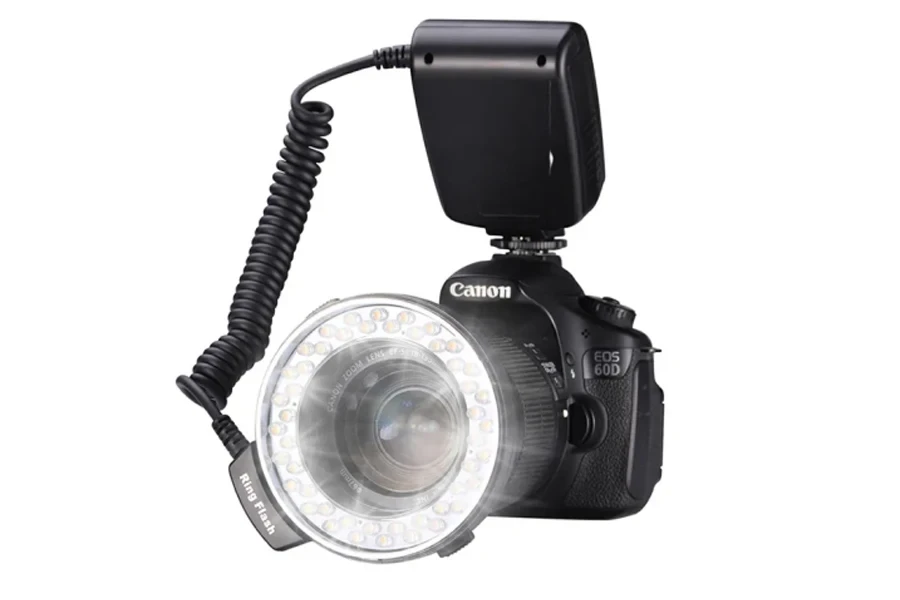
Phottix Mitros+ TTL Transceiver Flash: The Phottix Mitros+ is a compact and high-quality flash, designed to meet the demands of studio and on-location photography. It includes a TTL transceiver, enabling seamless integration with camera systems for precise exposure control. One of its strengths is its resistance to dust and moisture, making it a reliable companion in challenging environments. The Mitros+ offers extensive wireless control options, allowing photographers to set up complex lighting arrangements with ease. It comes with a complete package that includes a connector cap, mini-stand, and carrying case, making it a comprehensive solution for professional photographers seeking a balance between performance and portability.
Each of these models represents the pinnacle of current flash light technology, offering professional photographers the tools they need to excel in their craft. From powerful illumination to advanced wireless capabilities, these flash lights are designed to facilitate creativity and efficiency in professional photography settings.
Budget-friendly options for amateur enthusiasts
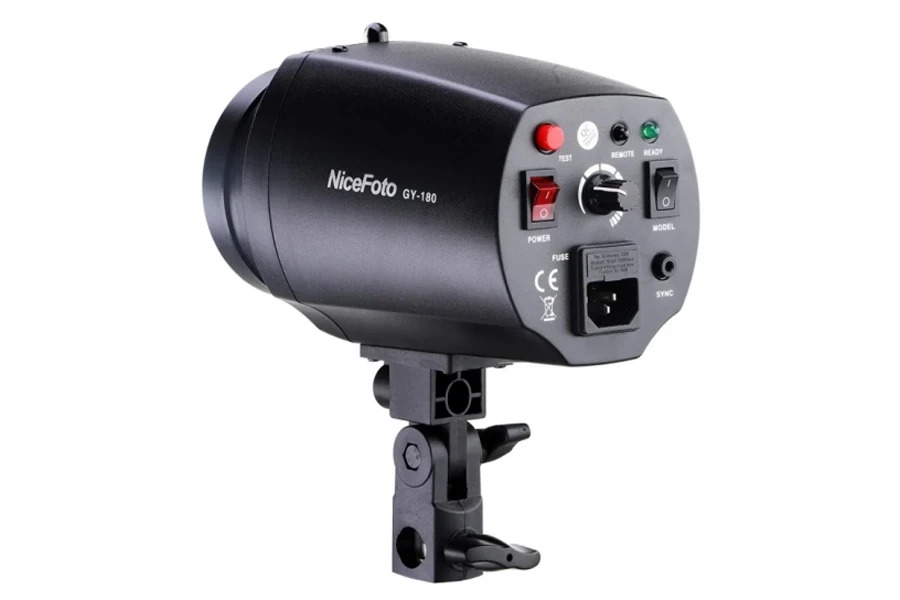
The 2024 market offers a range of budget-friendly camera flash lights that cater to the needs of amateur photographers and those mindful of their spending. Each model brings a unique set of features that balance cost with performance.
Neewer TT560 Flash Speedlite: The Neewer TT560 stands out as an affordable yet capable option for those new to flash photography. With a guide number of 38, it provides sufficient power for a variety of shooting scenarios. This model is particularly user-friendly, featuring a simple interface with 8-step power output control, allowing for easy adjustments to the intensity of the light. The flash’s head offers a vertical rotation angle of 0-90 degrees and a horizontal rotation angle of 0-270 degrees, providing decent flexibility for bouncing light off ceilings and walls. It’s compatible with a wide range of camera brands, making it a versatile choice for beginners. Additionally, the inclusion of a low battery indicator helps users manage their shooting sessions effectively.
YONGNUO YN560 IV Wireless Flash Speedlite for DSLRs: The YONGNUO YN560 IV is a standout model for those looking to explore wireless flash photography without a hefty investment. This model boasts a guide number of 58, delivering strong illumination for its price point. It’s equipped with a wireless master function, allowing for remote control and the triggering of multiple flashes through a mounted camera or a 2.4G wireless system. This feature is particularly appealing for photographers looking to experiment with more complex lighting setups. The YN560 IV also features an ultra-fast charging recycle system and provides control over three independent groups, offering significant flexibility in managing lighting conditions.
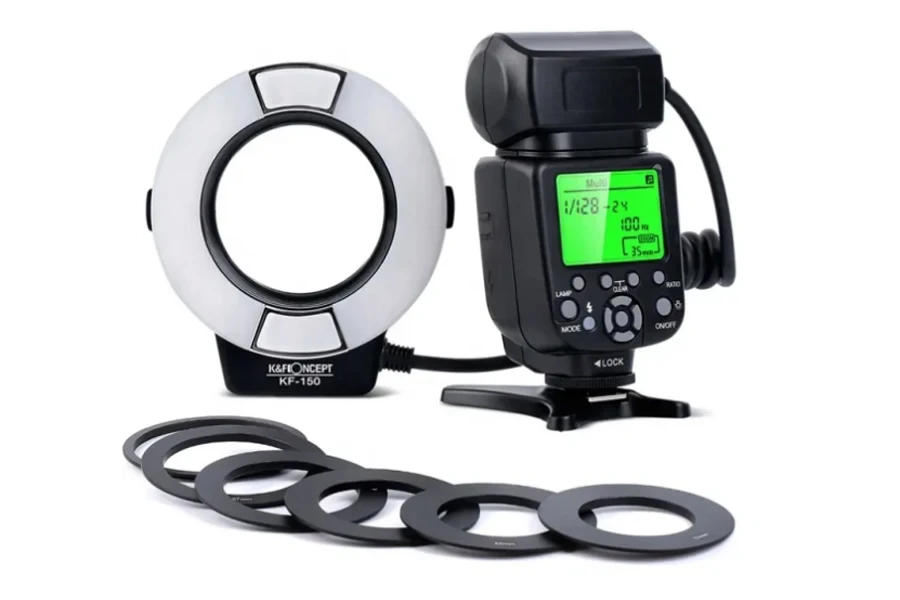
NEEWER NW645II-C TTL Flash Speedlite: The NEEWER NW645II-C is an excellent choice for amateurs seeking advanced features at a budget-friendly price. It offers a guide number of 58, ensuring robust lighting for various photography needs. This model is equipped with high-speed synchronization and TTL (Through The Lens) metering, usually found in more expensive flash units. Its versatility is further enhanced by a zoom range of 24-180mm, allowing it to adapt to different focal lengths. The flash also supports rear and front curtain sync, providing creative control over how movement is captured in photos. Its stroboscopic function opens up creative possibilities for action photography. The NEEWER NW645II-C stands out for offering sophisticated features like TTL metering and high-speed sync, which are rare in this price range, making it a compelling option for budget-conscious enthusiasts.
Each of these models represents a thoughtful balance between affordability and functionality, making them ideal choices for amateur photographers or those on a budget. They offer a range of features that can enhance photography experiences without breaking the bank, from basic manual controls to more advanced wireless capabilities.
Conclusion
The diverse range of camera flash lights available in 2024, from high-end models suited for professional use to budget-friendly options for amateurs, highlights the dynamic nature of photography equipment. For online retailers, understanding these products’ nuanced features – from light intensity, color temperature, and battery life to wireless capabilities – is key to catering to a broad customer base. By stocking a variety of models, retailers can meet the specific needs of different photographers, ensuring they offer both cutting-edge technology for professionals and accessible options for hobbyists. This strategic product selection is crucial in driving retail success within the ever-evolving photography market.
